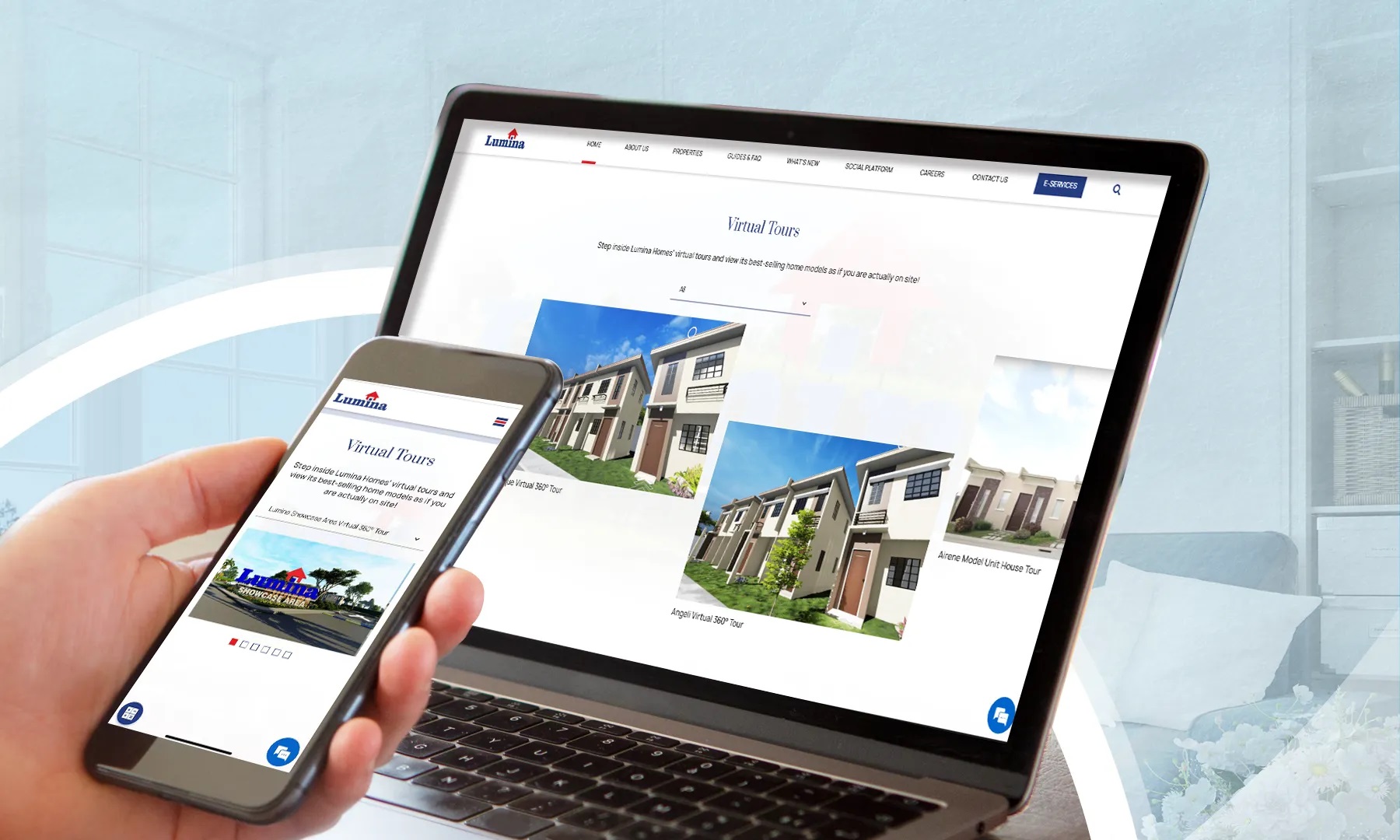In an era where technology and convenience intersect, the real estate industry has seen a significant shift towards virtual home selling. This innovative approach allows sellers to reach a broader audience while providing buyers with an immersive experience from the comfort of their homes. From digital listings to virtual tours, the process of buying and selling homes has never been more accessible or efficient. In this comprehensive guide, we explore the ins and outs of virtual home selling, ensuring you’re well-equipped to navigate this digital frontier.
But first, before listing your home, it’s crucial to understand its market value. If you’re wondering what is an appraisal in real estate, it’s a professional assessment of a property’s value, considering factors such as location, condition, and market trends. Be sure to invest in a professional appraisal as part of your home selling process, so that you know your property’s worth.
The Evolution of Home Selling
Traditionally, selling a home involved in-person showings, paper listings, and physical open houses. While effective, these methods limited the potential buyer pool to those who could physically visit the property. The advent of the internet changed this dynamic, enabling listings to go online and reach a global audience. Today, we’ve taken another leap forward with virtual home selling, leveraging advanced technology to create a seamless, interactive, and engaging buying experience.
The Cornerstone of Virtual Selling: Digital Listings
A digital listing is the first step in the virtual home selling process. It goes beyond the traditional online listing by incorporating high-quality photos, detailed property descriptions, and essential information such as price, location, and amenities. The goal is to provide potential buyers with a comprehensive overview of the property, capturing their interest and encouraging further engagement.
Enhancing Listings with Virtual Tours
While digital listings attract attention, virtual tours seal the deal. These tours offer a 360-degree view of the property, allowing buyers to explore each room and space as if they were there in person. Advanced virtual tours can include interactive elements such as clickable hotspots, which provide more information or highlight features of the property. This immersive experience helps buyers form a deeper connection with the property, increasing the likelihood of a sale.
The Benefits of Virtual Home Selling
Virtual home selling offers numerous benefits for both sellers and buyers:
- Wider Reach: Sellers can showcase their property to a global audience, increasing the chances of finding the right buyer.
- Convenience: Buyers can explore properties anytime, anywhere, without the need for physical travel.
- Efficiency: Virtual tours and digital listings make the home selling process faster and more efficient, reducing the time properties spend on the market.
- Safety: In light of health concerns, such as the COVID-19 pandemic, virtual home selling provides a safe alternative to in-person showings.
Implementing Virtual Home Selling
To successfully implement virtual home selling, consider the following steps:
- Professional Photography and Videography: Invest in high-quality visuals to create an appealing and accurate representation of your property.
- Virtual Tour Software: Choose a reliable platform to create your virtual tours – many options offer customisable features to enhance the buyer’s experience.
- Online Marketing: Promote your digital listings and virtual tours through various online channels, including real estate websites, social media, and email marketing.
Showcase your home virtually today
Virtual home selling represents the future of real estate, offering a dynamic and efficient way to connect buyers and sellers. By embracing digital listings and virtual tours, sellers can enhance the visibility and appeal of their properties, reaching a wider audience than ever before. As technology continues to evolve, so too will the ways in which we buy and sell homes, making the process more accessible, efficient, and engaging for all involved.









